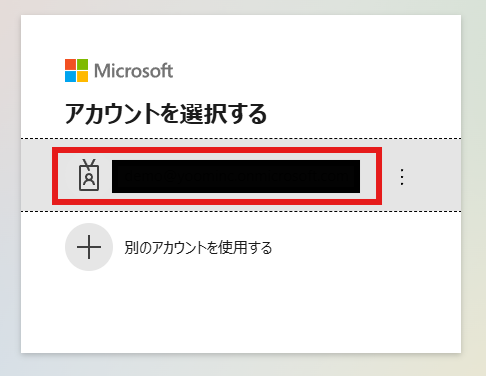Step 1: Connect My Apps with Gmail and Microsoft SharePoint
Let's register the Gmail and Microsoft SharePoint apps that we will use this time.
By registering the apps in advance, you can smoothly proceed with the automation settings in the future.
Click "My Apps" on the left side of the screen, and then click "New Connection" on the right side of the screen.

Enter Gmail in the search box and click the suggested option that appears.

The Yoom and Gmail connection screen will be displayed, so click the "Sign in with Google" button in the red frame.

Select the account you want to connect this time and proceed with the connection between Yoom and Gmail.
* Allow all permissions to Gmail during authentication.

Gmail will be displayed in My Apps.
Next, register Microsoft SharePoint in My Apps.
* If you are not subscribed to the general corporate plan (Microsoft365 Business) for Microsoft365 (formerly Office365), authentication may fail.
Click "New Connection" on the right side of the Yoom screen.
Click "My Apps" on the left side of the screen, and then click "New Connection" on the right side of the screen.

Enter Microsoft SharePoint in the search box and click the suggested option that appears.

The Microsoft365 account selection screen will be displayed, so click the account you want to connect this time.

Once sign-in is complete, you will return to the My Apps screen, and Microsoft SharePoint will be displayed.
This completes the connection of the necessary apps to My Apps. Let's proceed to the next step.
Step 2: Copy the Template
Next, copy the Yoom template.
Click the icon for "Try this template" on the banner below.














.avif)













.avif)
.avif)
.avif)
.avif)





